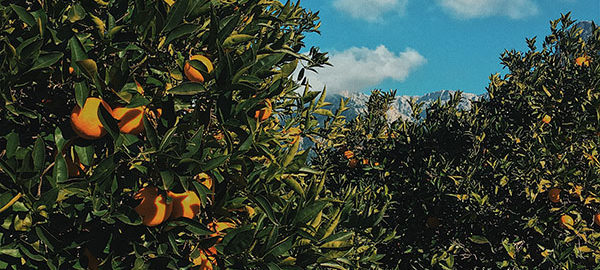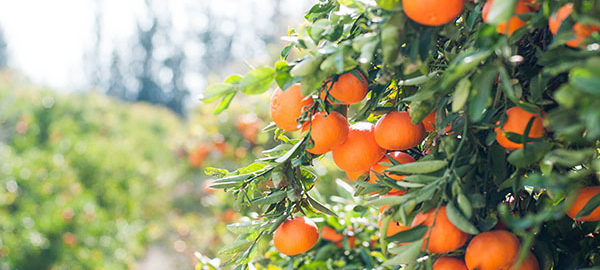
Welcome to the intriguing world of oranges! At Arizona Orange Company, we not only pride ourselves on providing the freshest, most delicious citrus fruits but also love sharing the lesser-known aspects of these remarkable fruits with our customers. From their ancient origins to their surprising versatility, oranges are truly fascinating. Join us as we peel back the layers and explore some of the most interesting, little-known facts about oranges – a journey that will undoubtedly deepen your appreciation for Arizona’s beloved citrus treasure.
- Origins: Oranges are believed to have originated in Southeast Asia, specifically in the region encompassing southern China, northeastern India, and Myanmar.
- Ancient trade routes: The fruit was introduced to the Mediterranean region via the Silk Road, an ancient network of trade routes that connected the East and the West. Believe it or not, these trade routes are still referenced in various places around the world like Puerto Rico, where requesting Orange Juice as a beverage is often asked as “Juga de China” (juice of China). This is further exampled by the Dominican Republic’s sweet oranges called “china” and the sour oranges “naranja”. This reference dates back to when sweet oranges came from Asia. So, the Spanish called them “naranjas chinas”; different from the native sour oranges that they just called “naranjas”. Over time, the Dominicans just started calling them “chinas”. Also, in the Dominican Republic, bananas are often referred to as “guineos” because the Spanish got them from the Guinea Golf. Isn’t it amazing how language can change due to trade routes and history?!
- Hybrids: Most orange varieties are actually hybrids of two other citrus fruits – pomelos and mandarins.
- Color change: Oranges are not always “orange” in color. In their native environment with warm climates, the fruit can remain green even when ripe due to a process called chlorophyll masking. The familiar orange color develops when the fruit is exposed to cooler temperatures.
- Types of oranges: There are three primary types of oranges: sweet, loose-skinned, and bitter. Sweet oranges (Citrus sinensis) are the most widely cultivated and include varieties like Navel and Valencia. Loose-skinned oranges are easy-to-peel and include varieties like tangerines and mandarins. Bitter oranges (Citrus aurantium) are not typically consumed fresh but are used for their peel, essential oils, and as a flavoring agent.
- Orange blossom: The orange tree’s fragrant blossom is the state flower of Florida and has traditionally been used in wedding bouquets as a symbol of love and fertility.
- Orange peel: Orange peel is rich in various nutrients and bioactive compounds, including vitamin C, flavonoids, and dietary fiber. It can be used to make marmalades, infusions, and even as a natural cleaning agent.
- Versatility: Oranges are not only enjoyed fresh but also used in a variety of culinary applications, such as making juice, jams, preserves, liqueurs, and flavoring baked goods, sauces, and desserts.
- Oranges and vitamin C: While oranges are well-known for their vitamin C content, they are not the highest source of this nutrient among fruits. For example, kiwifruit, guava, and strawberries contain higher levels of vitamin C per serving.
- Largest orange-producing countries: Brazil, the United States, and China are the world’s largest orange producers, accounting for a significant portion of global orange production.
These little-known facts about oranges offer a fascinating insight into the history, cultivation, and uses of this popular citrus fruit.











